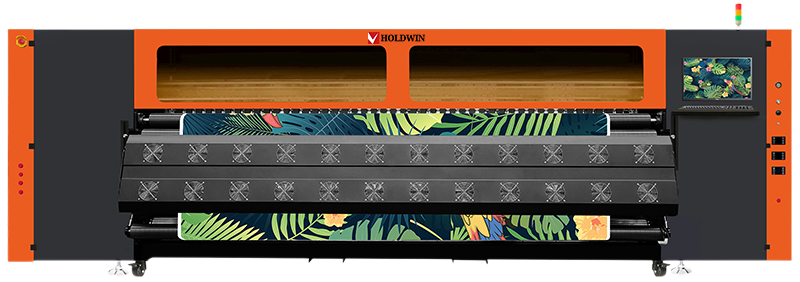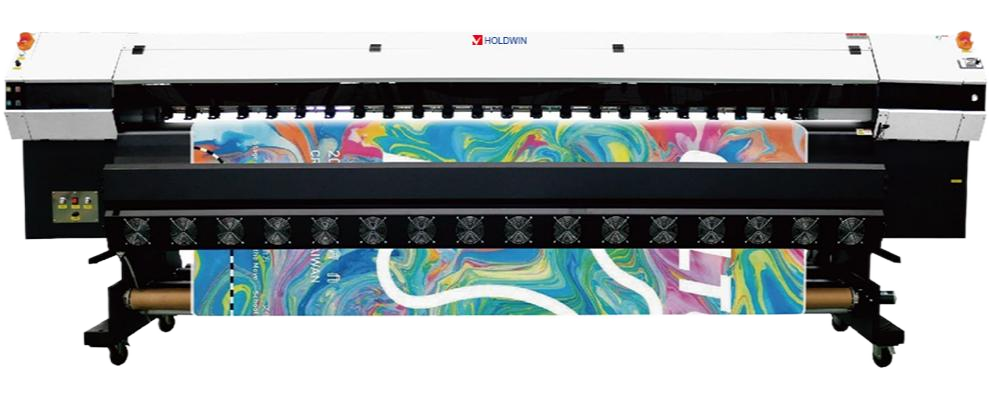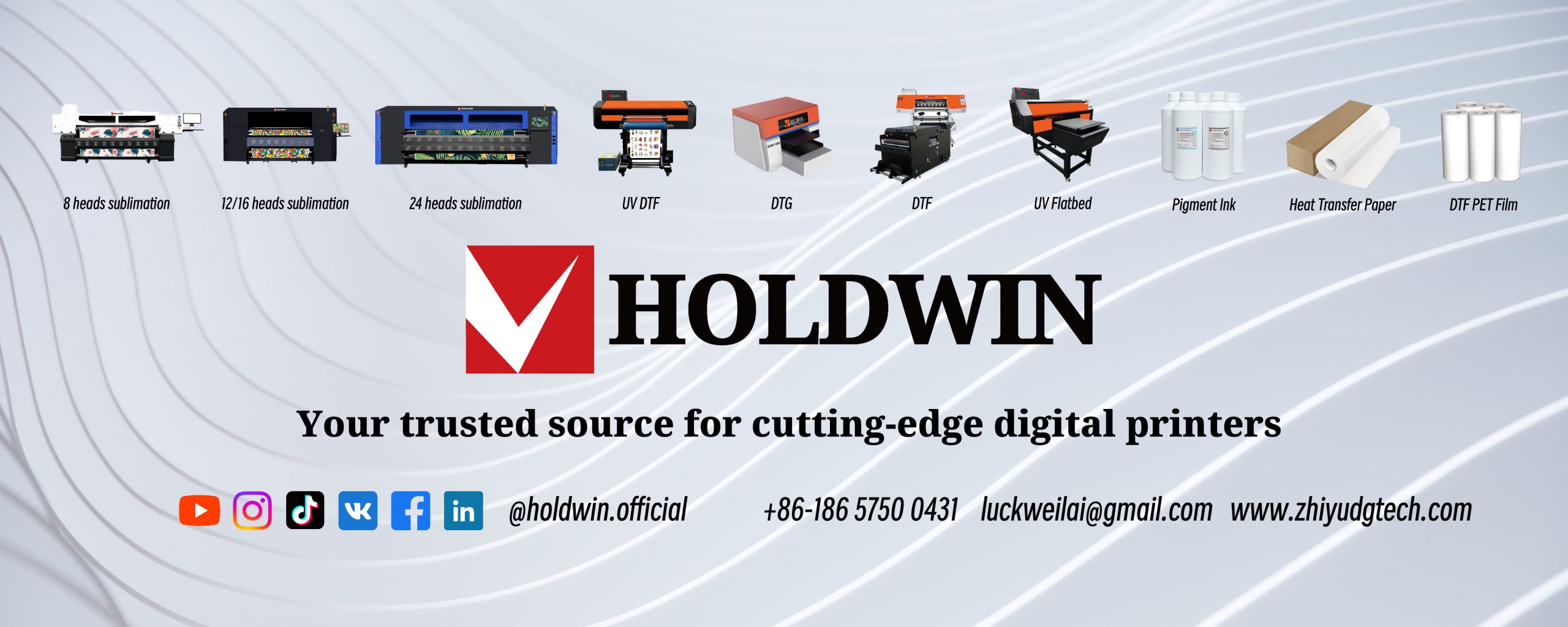
Digital printing has transformed the textile and fashion industries with its precision, versatility, and efficiency. However, as environmental concerns grow, sustainable practices have become essential. Energy-saving and emission-reduction technologies are now at the forefront of digital printing innovations. This article explores these advancements, how they benefit manufacturers, and the role HOLDWIN plays in driving sustainable solutions.
The global textile industry accounts for 10% of carbon emissions, with traditional printing processes being significant contributors due to their reliance on water, energy, and chemical-intensive methods. Digital printing, by contrast, offers a path to reducing environmental impact. By adopting energy-efficient machines, low-emission inks, and optimized workflows, businesses can align their operations with global sustainability goals while reducing costs.

Traditional sublimation printing requires high temperatures to transfer designs onto textiles. Modern heating systems, such as HOLDWIN’s energy-efficient thermal transfer units, use precision heat zones to reduce energy consumption by up to 30%.
LED UV curing, popular in UV printers, consumes less energy than conventional mercury vapor lamps. Additionally, it generates less heat, making it safer for both operators and textiles. HOLDWIN’s UV printers integrate this technology, ensuring reduced energy use without compromising print quality.
HOLDWIN machines are equipped with smart power management systems that place printers into idle mode during downtime. This feature can cut energy consumption by 20%, especially in high-volume production environments.
Image Description:
A graphic illustrating the power consumption of a digital printer before and after adopting smart power management technology. The chart shows a significant dip in energy use during idle phases.
Water-based inks eliminate the need for harsh solvents, reducing volatile organic compound (VOC) emissions. These inks are particularly effective for producing vibrant, long-lasting prints on apparel.
Eco-solvent inks, now widely used in hybrid and flatbed printers, maintain durability while significantly lowering emissions compared to traditional solvent inks. HOLDWIN’s eco-solvent options deliver high-performance results without compromising environmental integrity.
HOLDWIN has also implemented ink reuse systems to minimize waste. Residual inks are filtered, refined, and reused for compatible print jobs, reducing both costs and environmental footprint.

Digital printing technologies inherently use less water than traditional dyeing processes, but innovations have taken this further. HOLDWIN’s direct-to-garment (DTG) and DTF printers operate on closed-loop systems, recycling the small amounts of water used in cleaning nozzles and components. This not only conserves water but also prevents wastewater contamination.
“Our factory switched to HOLDWIN’s DTF printers last year. We’ve halved our water usage while improving print quality. Customers appreciate the eco-friendly certification on our products. HOLDWIN truly understands the needs of modern manufacturers.”
Smart automation technologies in digital printing enhance energy efficiency by reducing human error and resource waste. HOLDWIN’s printers feature:
These features help manufacturers meet high-volume demands without sacrificing sustainability.
HOLDWIN is committed to becoming a world-renowned leader in digital printing technology. Our dedication to energy-saving and emission-reduction technologies ensures that manufacturers can produce high-quality products sustainably. With rapid innovation cycles and personalized solutions, we empower businesses to meet the dual challenges of profitability and environmental responsibility.

Energy-saving and emission-reduction technologies are no longer optional—they’re essential for businesses aiming to thrive in a competitive and environmentally-conscious market. HOLDWIN’s advanced solutions not only reduce environmental impact but also enhance operational efficiency, enabling manufacturers to stay ahead.
By investing in sustainable digital printing technologies, businesses can contribute to a greener future while meeting the demands of a discerning market. HOLDWIN stands ready to partner with manufacturers worldwide in achieving this vision.
References:

Zhiyu is passionate about good products, good services, and good prices to let consumers know that choosing us is the right choice! For partners and end customers, we will provide one-on-one considerate smart services and provide you with more high-quality procurement solutions.